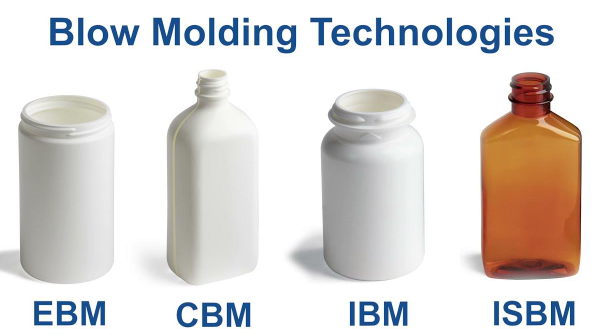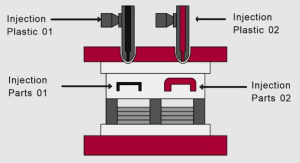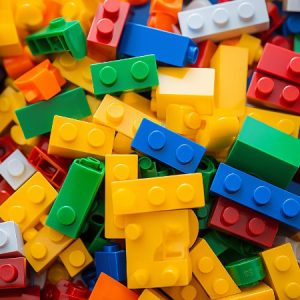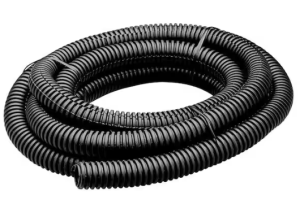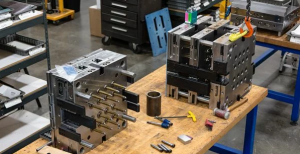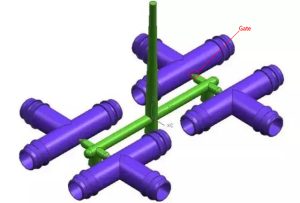Plastic bottles are generally not injection molded; they are primarily produced using blow molding processes. Here’s a detailed explanation of the methods used to manufacture plastic bottles and why blow molding is preferred:
Manufacturing Processes for Plastic Bottles
1. Blow Molding
Blow molding is the most common method used to manufacture plastic bottles. There are three primary types of blow molding used in the production of bottles:
Extrusion Blow Molding (EBM)
- Process: In extrusion blow molding, a molten tube of plastic, called a parison, is extruded and then clamped into a mold. Air is blown into the parison, inflating it to the shape of the mold.
- Applications: This method is often used for making larger containers and bottles, such as those used for milk, detergent, and other liquids.
Injection Blow Molding (IBM)
- Process: In injection blow molding, a preform is created using an injection molding process. The preform is then heated and placed in a blow mold where air is blown into it, forming the final bottle shape.
- Applications: This method is used for smaller bottles with precise neck finishes, such as those for pharmaceuticals and cosmetics.

Choose us for your custom injection molding needs and experience excellence in every detail. Our China-based factory provides innovative solutions, competitive pricing, and fast turnaround times. Get your custom quote now!
Stretch Blow Molding (SBM)
- Process: Stretch blow molding involves first creating a preform using injection molding. The preform is then heated and stretched vertically and horizontally while being blown into the final shape.
- Applications: This method is used for PET bottles, commonly found in beverage industries for water and soft drinks.
2. Why Injection Molding Alone is Not Used
- Solid Parts Production: Injection molding is typically used for creating solid parts or components, not hollow objects like bottles.
- Complexity and Efficiency: Creating hollow structures like bottles is more complex and less efficient with injection molding alone compared to blow molding processes.
Examples and Applications
PET Bottles for Beverages
- Process: PET bottles are primarily made using stretch blow molding. The process involves injecting preforms which are then reheated and blown into molds to form the final bottle shape.
- Advantages: Stretch blow molding provides excellent clarity and strength, making it ideal for beverage containers.
HDPE Bottles for Household Products
- Process: High-density polyethylene (HDPE) bottles are commonly made using extrusion blow molding due to the material’s properties and the process efficiency.
- Advantages: Extrusion blow molding allows for the creation of sturdy, impact-resistant bottles suitable for household cleaners and other liquids.
Cosmetic and Pharmaceutical Bottles
- Process: Smaller, high-precision bottles for cosmetics and pharmaceuticals are often made using injection blow molding.
- Advantages: Injection blow molding ensures precise neck finishes and high clarity, which are essential for these applications.

As a leading mold injection manufacturer in China, we deliver superior molds for various industries. Our state-of-the-art facilities and expert team ensure top-notch quality and timely delivery. Contact us now for a competitive quote!
Conclusion
Plastic bottles are predominantly produced using various blow molding techniques, including extrusion blow molding, injection blow molding, and stretch blow molding, due to their efficiency in creating hollow objects with the necessary strength, clarity, and precision. While injection molding is a crucial part of some blow molding processes, it is not used alone to produce plastic bottles.
Related Conten: Expert Large Plastic Molds Manufacturing

